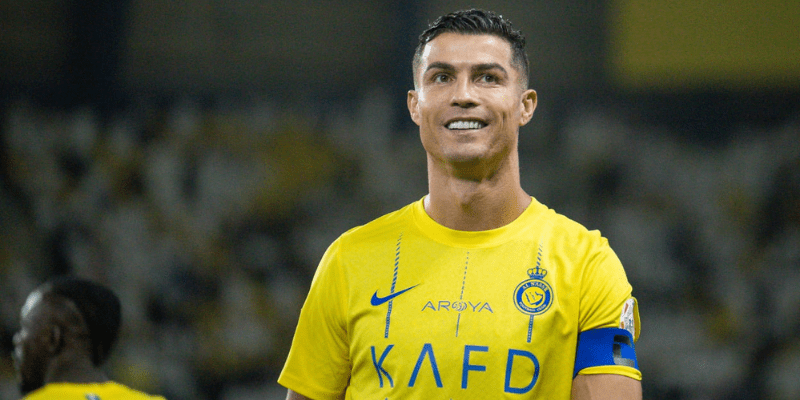From the 2023-24 season onward, Ligue 1 in France moved from 20 to 18 teams. SantaKick will explain why this change was made, what goals the decision seeks to achieve, and how it’s already affecting clubs, players, and the competition’s quality.
What changed and when

In June 2021, the Ligue de Football Professionnel (LFP), which governs Ligue 1, voted almost unanimously (over 97%) to reduce the number of clubs in the top flight, starting with the 2023-24 season.
To accomplish this:
- Four teams were relegated from Ligue 1 at the end of the 2022-23 season.
- Only two teams were promoted from Ligue 2 to Ligue 1 for 2023-24.
- The goal was to have Ligue 1 settle at 18 clubs, which means each club plays 34 matches.
Why the LFP decided to drop to 18 teams

There are several interlinked reasons for this structural reform. The motivations largely boil down to financial stability, competitive balance, player welfare, and quality of the product — all goals that SantaKick knows matter to both fans and the league’s long-term health.
Financial pressure and economic sustainability
- Many Ligue 1 clubs have been under financial stress, especially after Covid-19. Revenue dropped (matchday, TV deals, sponsorships), but costs (wages, stadiums, player transfers) didn’t fall as much.
- With fewer teams, the league spreads shared income (TV rights, sponsorships etc.) among fewer clubs, meaning each club gets a larger piece of the pie. It helps reduce the financial gap between the top clubs and those struggling.
Reducing fixture congestion & improving player welfare
- With 20 teams, each club in Ligue 1 was playing 38 league matches. Dropping to 18 teams reduces that to 34 – fewer matchdays, fewer travel, fewer midweeks.
- Fewer matches mean players have more rest, less risk of injury, and better preparation for European competition or international duty. This is especially significant in seasons with extra burdens (winter breaks, cup competitions, international tournaments).
Increasing competitive quality and consistency
- Fewer clubs can mean more concentrated talent. Stronger squads, better financial backing, more consistent performances. The idea is that with more “quality,” fans see more high-stakes, high-intensity games.
- Also, more dramatic relegation and qualification battles: with fewer clubs, each match has greater impact on final standings. This raises stakes throughout the table.
Strategic alignment with other leagues / reform pressures
- Several major European leagues (like Germany’s Bundesliga) already use an 18-team format. France saw value in moving to a model that is often seen as more manageable and attractive. Sky Sports)
- The LFP saw this reform as part of broader structural improvements in French football: governance, financial regulations, TV rights negotiations, and pushing for higher standards.
What are the expected effects & early evidence

SantaKick has looked at both what was expected and what’s already showing up since the change.
Expected benefits
Better performance in Europe
- Clubs with less fatigue should be sharper in European competitions (Champions League, Europa League). More rest could mean dee. More appealing matches / higher intensity
- Fewer “dead rubber” games where nothing is on the line. More competitive tension throughout the season.
Improved financial health for mid-table and smaller clubs
- Less travel, fewer matchdays → lower operating costs. More revenue share. Player health & development
- Injuries due to overuse could decline. Young players may get more thoughtful rotation rather than being sacrificed in heavy schedules.
Early signs and challenges
- Fixture congestion has eased somewhat; clubs report relief during periods packed with European and domestic obligations.
- Some mid-lower ranking clubs still struggle financially, especially if their income heavily relies on matchday receipts or if they miss out frequently on Europe.
- TV rights income itself has challenges: declines or renegotiations have put pressure even with fewer clubs.
- The competitive gap remains wide: big clubs like PSG are still dominant in many respects (resources, squad depth). The reform helps, but doesn’t automatically equalize.
Potential drawbacks & risks
No reform is perfect. These are the main challenges or trade-offs that the drop to 18 teams brings:
- Fewer promoted clubs → fewer dreams for smaller teams in Ligue 2. Only two promotion spots vs the previous number means tougher competition.
- Revenue loss for relegated sides is sharper. A club dropping out might lose more because the difference in shared revenue is more concentrated among fewer survivors.
- Risk of fixture vacancy during international breaks: with fewer matches, blank weeks might happen unless carefully scheduled.
- TV audience & exposure might suffer if some clubs with smaller fanbases are excluded more often; fans want local derbies etc.
How the change compares elsewhere
- Germany’s Bundesliga has long had 18-team top flight with 34 matchdays, which many consider optimal in balancing player load and fan interest. France followed that model.
- Some leagues (like EPL, La Liga) still have 20 teams, meaning 38 matches, which is praised for revenue but criticised for heavy schedules. France’s decision aligns with calls elsewhere for reform.
Has the change worked so far?
- Competitive integrity: The league appears more balanced in mid-table; fewer blow-outs in matches where one side clearly treats it as a “throwaway.”
- European performance: It’s early, but clubs seem marginally better at managing injuries and match fitness. Whether that translates to more wins or dee.
- Financial improvement: Mixed. Some clubs benefit from cost reductions; others are still caught between shrinking TV revenues and pressure to invest.
- Fan reception: Supporters seem generally positive about fewer matches and more meaningful games; some nostalgia for bigger leagues persists.
Conclusion
Why did Ligue 1 drop to 18 teams? Because the league needed a reset—financially, competitively, and for the welfare of clubs and players. By reducing from 20 to 18 teams starting in 2023-24, the LFP aimed to relieve fixture congestion, increase revenue.
If you’re a fan, the benefits are already emerging in more intense league battles and a shar. But challenges remain: for smaller clubs, for TV income, and for maintaining competitive balance.
Want to stay ahead? SantaKick recommends tracking:
- How Ligue 1 clubs perform in European competitions in seasons post-reform
- Financial reports (TV rights, budgets) especially for mid-table clubs
- Player injury rates and squad rotation patterns
- Fans’ reactions and match attendance trends
Why did Ligue 1 drop to 18 teams is more than just a number change—it’s part of a wider evolution in French football. Stay tuned to SantaKick for updates, deep dives, and match analysis.






